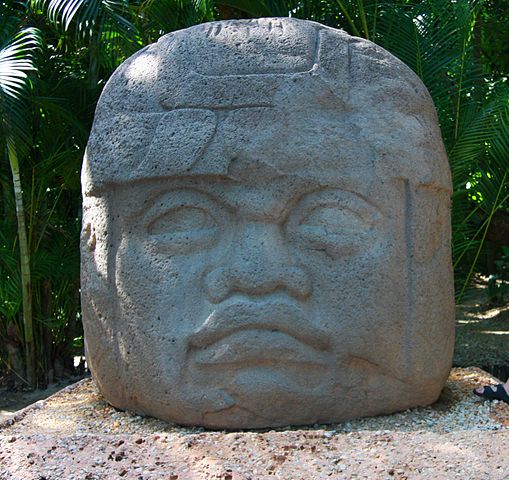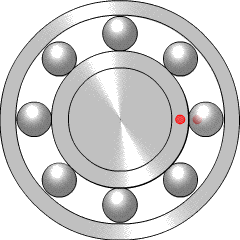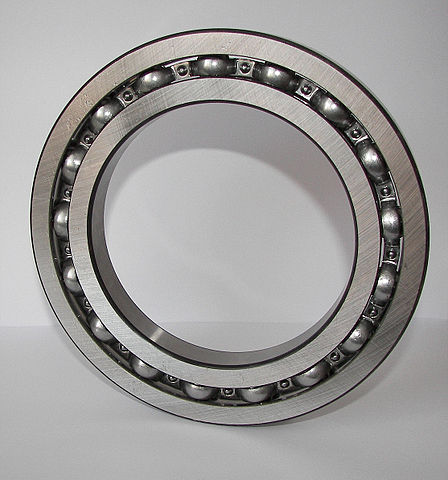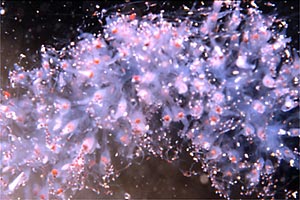We just learned about the Four Great Uncials.
Another part of early Christianity is the Fifty Bibles of Constantine.
When Constantine made it safe to be a Christian in Rome, a lot of people became Christians, and new churches started being made.
In these old times, they didn't have easy ways to make copies of books.
A person called a scribe had to write down by hand every single word every time they wanted to make a copy, so it was a lot of work.
Constantine wanted to make sure that all of the churches were teaching the right things, so he ordered that his scribes make 50 copies of the Bible, and that they would be sent to all the churches in the city of Constantinople.
Most of those Bibles were lost, but some people believe that the Four Great Uncials we just learned about where part of that collection.

(from: wikipedia - fifty bibles of constantine)
Kid Facts - Blast from the past: Linus - bishop of Rome









